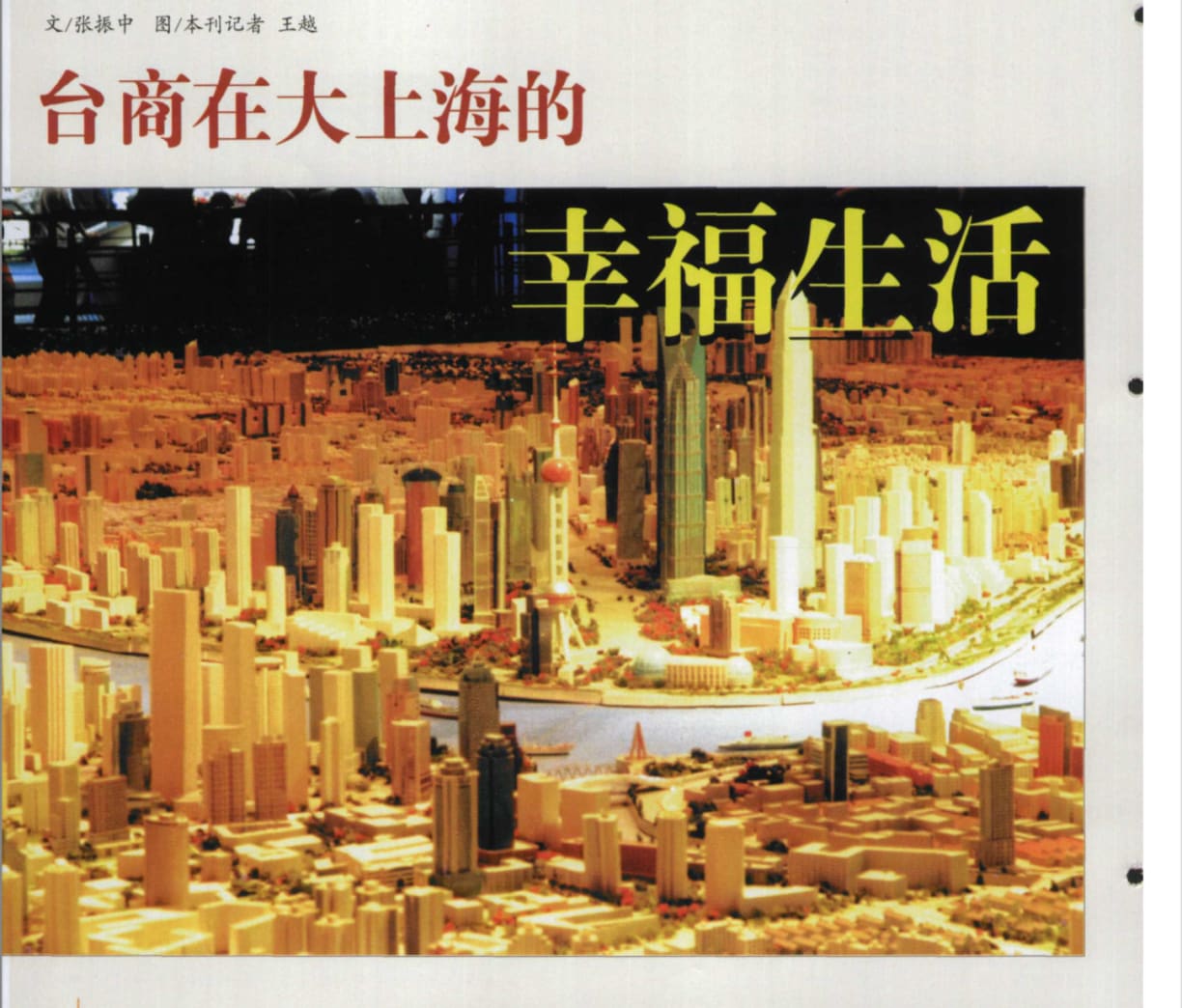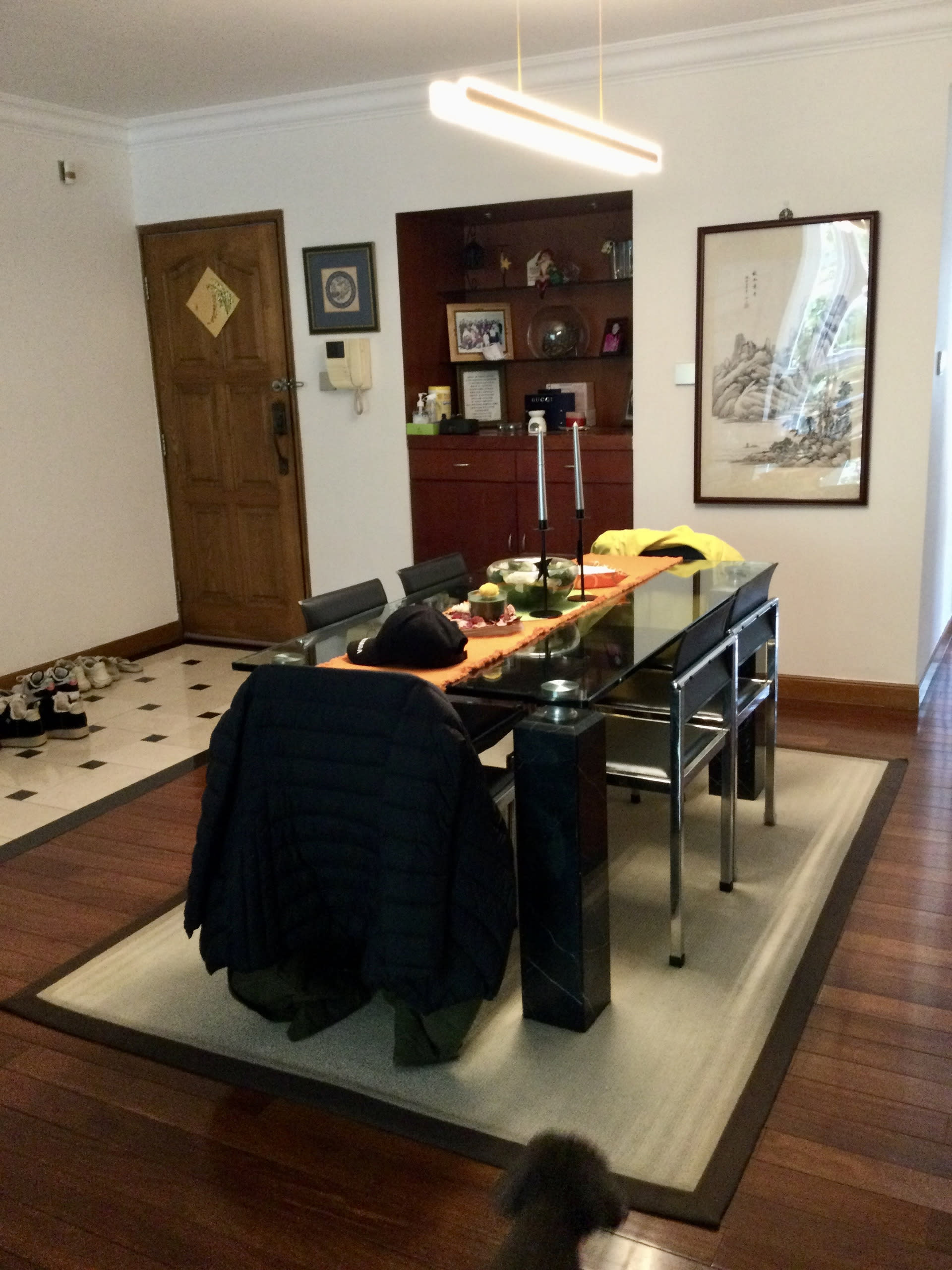Shanshan Lien is a womenswear designer and design historian from Taiwan/Shanghai. Previous to her studies in MA History of Design, she graduated from BA Fashion Design and Technology: Womenswear at the London College of Fashion (UAL). Her work in design history focuses on Chinese design history and Chinese aesthetics, which a particular interest in decolonial histories. The dissertation 'At Home in Shanghai: Reconsidering Taishang AestheSis' questions the stereotypical depictions of Chinese interiors in coffee table books and advocates for a pluriversal understanding of aesthetics. Her essay, 'Two European Opium Smokers from Jingdezhen', analyses a porcelain Dutch figure group (c.98-1963, V&A) made in Jingdezhen between 1760 to 1780. It explores the agency and intentions of the potters and painters through the historical context of taste, porcelain production, and export trade.
Image: Cover of magazine article, ‘Taishang zai da’shanghai de xingfu shenghuo’ ‘台商在大上海的幸福生活‘, Business China 中国商界 2003.










